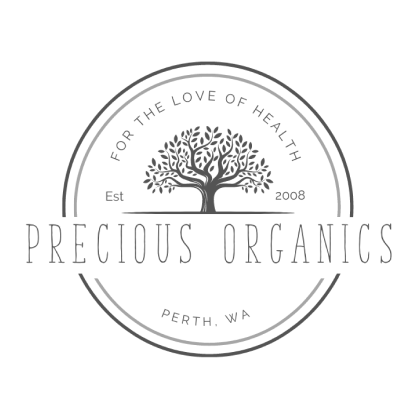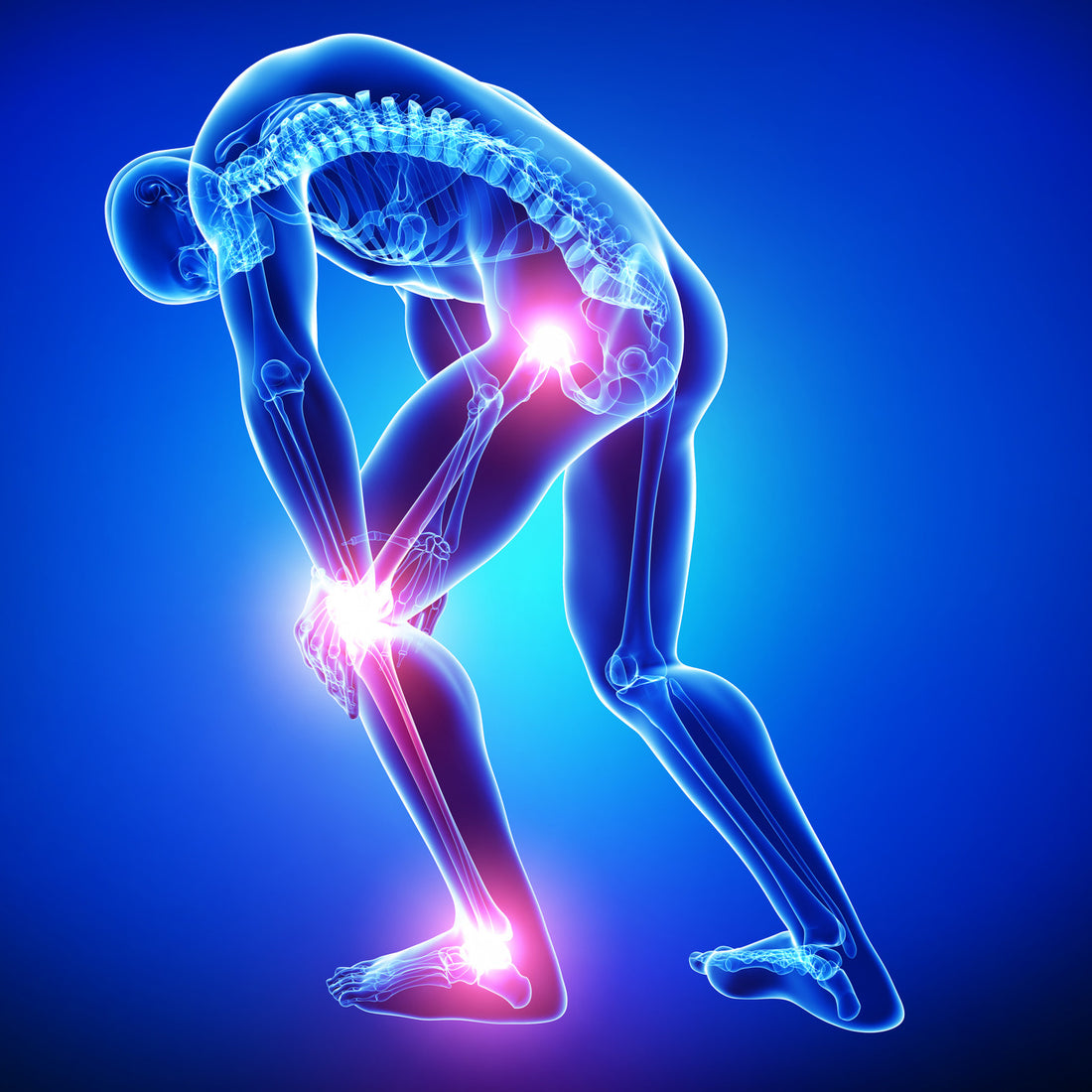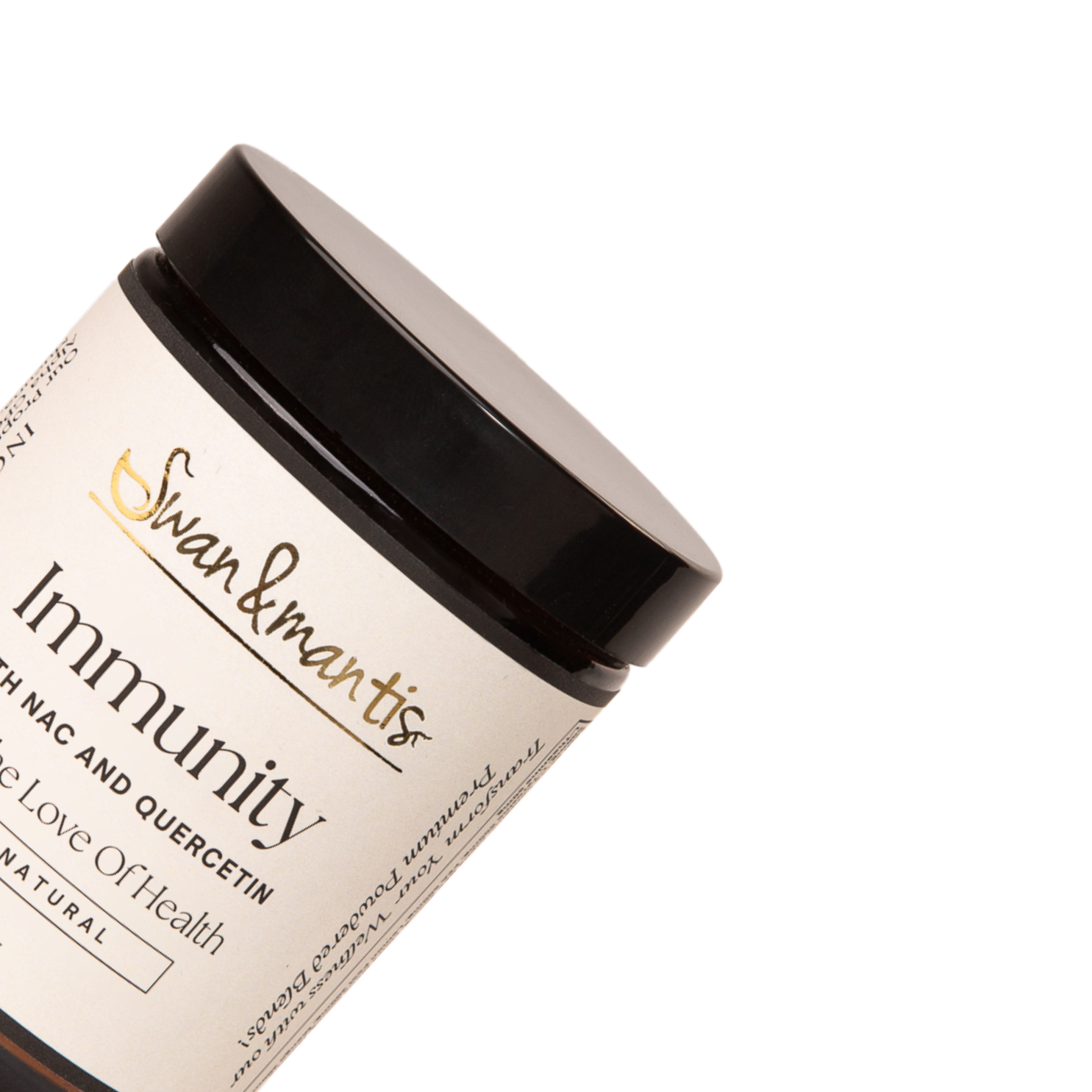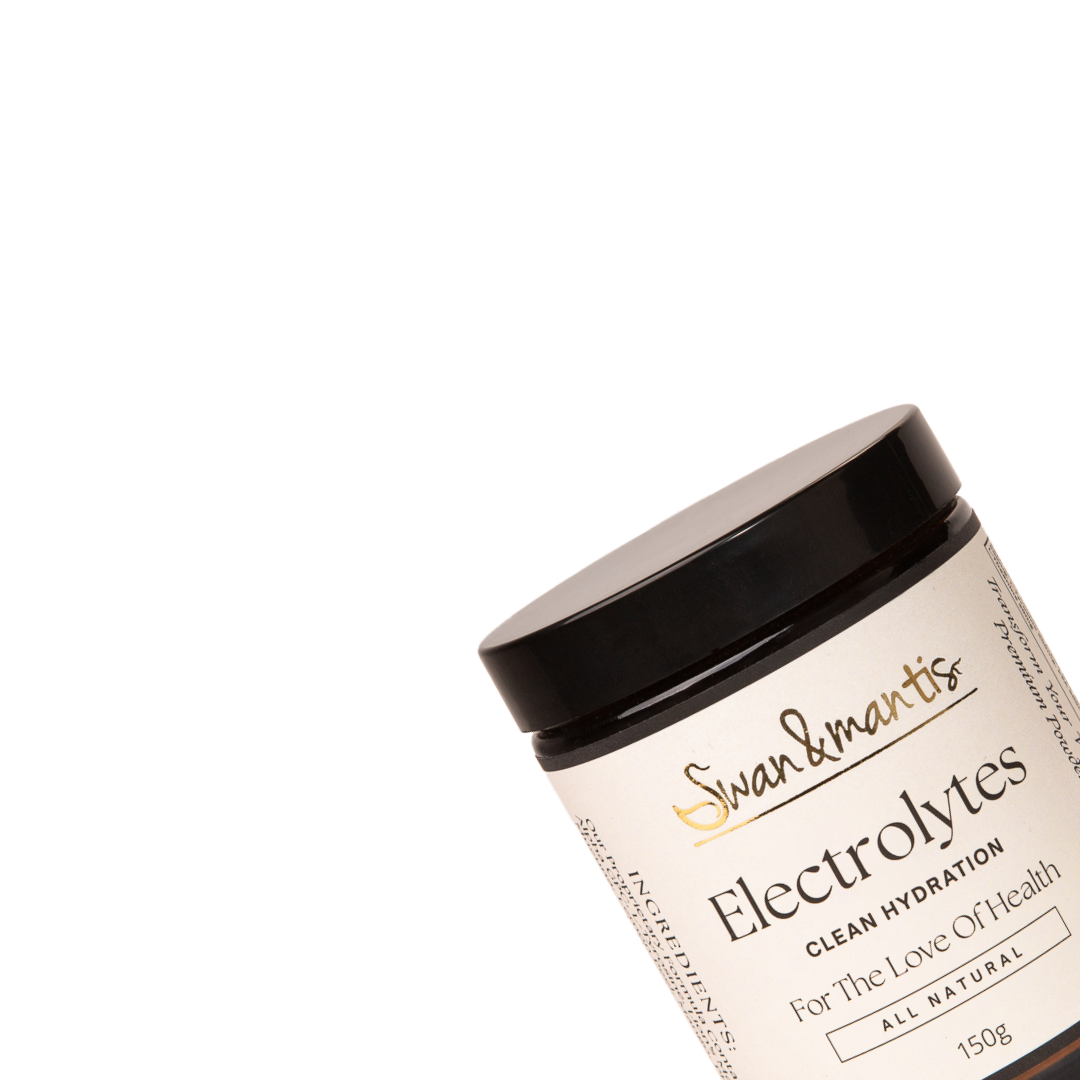As a young Australian I’ve always had an interest in sports, and with that, the accompanying 'weekend warrior' injuries, muscle soreness and fatigue that can occur as a result. This article aims to address some new cutting edge “bio-hacking” tools that you can use to speed up your bodily regeneration and recovery process. In my experience injury is more a process of the body breaking down because it hasn't had a chance to fully recover from the previous exercise session. Ever play a game of basketball with a sore knee and sprain your ankle? My bet would be that your sore knee had something to do with it.

The following tools can help aid you with a speedy recovery:
- Vitamin A and Steroid Synthesis
- Adequate calories and thyroid health
- Protein: the importance of Collagen / Gelatin
- Light Therapy: Infra-red
- Enzymes: Precious Enzymes HP 225
- Recovery Breathing: CO2 vs Lactic Acid and baking soda
- Sleep
- Magnesium and Epsom salt soaking
Vitamin A and Steroid Synthesis:
Its a well established fact that steroids help repair and regenerate the body. Ask any arthritis sufferer or body builder, and you'll probably find out that they're taking some kind of steroid (either to prevent pain or enhance performance and muscle gain). However, we know that there are problems associated in taking hormones. Ideally, in any bodily process we want to supply the adequate nutrients and let the body do the work.
Vitamin A, thyroid and cholesterol are the primary factors involved in steroid synthesis according to Ray Peat, who has a PHD in biology. Often times, and at least in my case, vitamin A and cholesterol were limiting factors in my synthesis of steroids. As soon as I started supplementing vitamin A and eating two eggs a day (for the cholesterol) I started to feel as though I could bounce back from anything life could throw at me. By supplying vitamin A I gave my body what it needed upstream, so it could then dictate if I needed to produce more steroids down stream or not.
Good sources of vitamin A include liver (… and not just vitamin A, liver has got to be the biggest powerhouse of a super food on the planet!), cod liver oil (we recommend Green Pastures Cod Liver Oil), or supplementing it directly (Pure Encapsulations Vitamin A 10,000 UI 60 Capsules). If you can handle the taste of liver, go with that. I personally choose to supplement vitamin A and have some home made liver Jerky on hand around the house for when I’m feeling especially courageous.
Adequate Calories and thyroid health:
If you read the above section on Vitamin A and Steroid Synthesis, you probably noted that it requires vitamin A, cholesterol and thyroid to create steroids in the body. Did you know that in response to intense exercise that burns up a lot of calories, the body freaks out due to the increased metabolic usage of nutrients during these activities and reduces the thyroid production afterwards as a result – anticipating that nutrients aren't guaranteed to increase, and rather than 'eat up' (or rather, draw on their energy reserves) your muscles and organs , it intuitively slows the metabolic rate after such activities.
Another way of saying this is; you have 10 units of nutrients scheduled for the day, as per usual, but you go for a run in the morning and you've used up 8 of the 10 nutrient units before 1pm, the body wisely slows your metabolic rate down as it knows you've only got 2 nutrient units to use for the rest of the day. If you want to read more about adequate calories and thyroid health, I suggest checking out Matt Stone's work at http://180degreehealth.com/ - they even offer you a free 'metabolism raising E-Course' if you don't mind a few emails.
So, if you still want to have steroid production to aid your recovery, what do you do? Well, the body speaks in the language of the calorie! Okay okay a calorie is not always a calorie... for example, one calorie of white table sugar is inferior to one calorie of a fruit juice. Why? Even though they may share the same macro-nutrient profile of being carbohydrate, the fruit juice carries with it micro-nutrients (vitamins and minerals) that the table sugar does not.
This is one of the reasons that diets or new exercise regimes do not result in lasting weight-loss. As the calories decrease (or the exercise increases while the calories remain the same), the metabolic rate decreases to compensate as well. There are further arguments that lead into weight loss specifically, often a preference of high carbohydrate and low fat is preferred (better supplement your fat-soluble vitamins though!) or a high fat low carbohydrate diet can be utilised, the best result depending on your genetic make-up of which I’d recommend a genetic test done such as “DNAfit” to see what your genetics respond to best - however this is another topic entirely, and might be completely irrelevant as to how it effects your health and longevity.
The key point here is that if you exercise more, or do something out of the ordinary which uses up a lot of calories, your best bet is to.... consume more calories to compensate – ideally organic nutrient dense foods! Crazy huh? Don't forget whenever you sweat your body isn't just releasing water – you're losing a lot of important minerals. If you sweat intensely for a few hours and only replace the lost fluid with water, you can bet that’s going to lower your metabolism – your body will need to compensate for its lost reserves by storing up minerals from the food you eat (hopefully nutrient rich foods!). Knowing this, its not such a surprise any more that people get injured and take a long time to recover after exercise.
Traditional Chinese Medicine often talks about the healing powers of heat. One example of this would be the cupping practice, where the skin turns red by bringing lots of blood flow to the affected area. Cold is the method most often used to treat western injuries, icing a sprained ligament or muscle, and while there seems to be benefit to this immediately after the injury occurs, I would stop there and proceed with heat-based treatment. You could think of heat treatment as increasing blood flow and nutrient supplies in the body – generating an actual repair process, where as cold treatment is more about 'shutting down' the system (to stop excessive inflammation for example).
A general important concept in health seems to be that of balance. You want to achieve the 'ideal' condition – which is balanced, but, like the apex of a triangle, is the most effective way. You don't want to throw the baby out with the bathwater. Excess heat will cause too much of a strain on the body (think having too long of a sauna session), creating a hyperthyroid effect similar to a fever. This can be healing, if appropriately balanced with increased nutrition (calories and nutrient density!). Excess cold on the other hand seems to shut down the organism (in this case, us humans) or more specifically to our problem – shut down the organisms healing capacity and capabilities. Thus I am promoting a gentle nudge towards more heat-based techniques as the 'normal' currently I see as too far in the cold direction.
Whenever I head down to the courts to play some tennis (and therefore burn calories and sweat), I bring a 750ml potion with 1/4th grape juice, 3/4ths orange juice, a pinch of salt and a table spoon of collagen and shake it up. I'm supplying my both body calories, carbohydrate, proteins and lost minerals with this – not dissimilar to techniques used by professional tennis players. You may even want to bring some water with you if this drink is too dense and not hydrating enough (depending on how much you sweat – it will be entirely individual).This leads us onto the next point...
Protein: the importance of Collagen / Gelatin:
If you're participating in sports or you just have general aches and pains, you may need more protein. Often its recommended to consume 1 gram of protein per pound of body weight in body-building circles – if you're not aiming to add muscle mass then you can go lower than this. I'm around 80kg – 175 pounds, and generally aim to get around 120g of protein a day. You'll need to experiment with this, what feels right for you is likely the right answer for you.
You may have heard of studies telling of the decreased lifespan of heavy protein eaters. While the literature is slow to catch up, this seems to be mostly because of the imbalanced amino acid content in muscle meat, which is high in methionine. Previously in a tribal setting, humans would eat their catch from head to tail, including all the organs and gelatinous cuts. These days, however, we tend to eat exclusively the muscle meat. Unfortunately the amino acid profile of the muscle meat tends to be inflammatory. You're probably like me and like meat but dislike the taste of organ meats. What to do, what to do? I've found that roughly a table spoon of collagen or gelatin a day balances out the amino acid profile of a meal or two of muscle meat. Glycine is the main compound found in collagen or gelatin.
Dr. Joel Brind has studied the anti-inflammatory effects of glycine on the human body, and even reports to an inability to get sunburnt when he takes it! Sounds like a pretty good thing for us here in Australia. I first became aware of this information here. Glycine is even a precursor to forming glutathione, your body's master anti-oxidant! Personally I put a table spoon of Great Lakes Collagen in a bottle of orange juice when I go to play tennis. The collagen is water soluble so you don't even taste it. Another great idea is to make gummy blocks using Great Lakes Gelatin.
Light Therapy: Infra-red
The effects of light on your health a numerous. Waking up in to a face full of morning sunshine sends a message to your body which in turn sends a cascade of messages throughout your body; activating and deactivating certain hormones to get you awake and alive and ready to start the day. Possibly one of the most unknown or underrated things on this list, light therapy can help you in a big way.
The application of light therapy is nearly endless. To keep it short, I will specifically discuss joint / muscle soreness. Check out; https://redlightman.com/health/ for a more comprehensive list. Our bodies cells are made up of mitochondria, which produce ATP – otherwise understood as the energy of the currency of the cell. Energy is important. Energy is heat. During exercise you produce nitric oxide, and this can get in the way of good mitochondria cellular respiration. When you shine red or near infra-red light on yourself, however, this dissociates the nitric oxide within the mitochondria (causing vasodilation and increased blood flow) and increases cytochrome c-oxidase, a key enzyme required in cellular respiration (converting macro-nutrients into ATP for the body to use). Thus, in effect, you increase the energy in the body, it is pro-metabolic.
Key ways to harness infra-red light: For a general enhanced feeling you can try using an infra-red sauna. After a game of tennis, I’ll often have some 'problem areas' that can use some extra attention. Most notably, my left Achilles heel and my right knee seem to suffer the most strain. I use an 850nm infra red device (the specific nano meters of light are important!) which I shine on those areas for about 10 minutes each. The effects aren't immediate, but it enhances recovery on spot-areas like nothing else – you just have to be patient with it. If you're going to take 5 days to recover from are sore knee, with the appropriate infra red treatment you'll instead take 2 or 1. I've personally gone from struggling with chronic Achilles tendinitis, hobbling out of bed every morning for 4 years straight, to being able to play 5 hours of tennis and recover completely fine without any inkling of pain in two days. We will be stocking redlightman's infra-red and red light devices within the coming weeks at Precious Organics. We also plan to have two demo models for customers to use for free that will live in the shop!
Enzymes: Precious Enzymes HP 225
These enzymes are specifically targeted at joint and inflammation pain and are the best for general health. Under live blood analysis they eliminate rouleau – signifying that they improve blood and blood flow. If you've had an long standing untreated joint injury, its likely that you've had some bone degeneration and/or a build-up of fibrin – a protein molecule that accumulates around the damaged tissue. Many people push on with this pain by taking NSAIDS (non-steroidal anti-inflammatory drugs), however these types of drugs just mask the problem instead of dealing with the root cause.
Precious Enzymes HP is a clinically-proven blend of proteolytic enzymes, herbs, vitamins and minerals for powerful joint support. In addition to papain and bromelain, Precious Enzymes HP features serrapeptase, a systemic enzyme known for its capacity to restore normal fibrin levels and promote healthy circulation. Precious Enzymes HP is an all-natural way to support the body’s healthy response to inflammation and promote recovery within the body.
Serrapeptase passes through the small intestine into the bloodstream purifying the body of dead cells in and around damaged tissues. Used widely for its fibrinolytic properties, research and clinical studies consistently show serrapeptase can help break down non-living tissue that is often the result of the immune system. By breaking down this old cellular debris, serrapeptase improves blood circulation in the affected area, allowing vital nutrients and building blocks to nourish new cells.
In addition, Precious Enzymes HP contains boswellia and turmeric. These herbs are traditionally known for their anti-inflammatory properties and are widely used as an alternative therapy. For antioxidant support, it also contains vitamin C, amla, rutin and grape seed extract – so you know you are truly getting a well-rounded supplement jam-packed full of goodness! If you want to learn more about enzymes check out this article.
Recovery Breathing and CO2:
If you perform any type of 'breathless' exercise which involves panting through the mouth, you will want to take note of this section. Breathlessness activates lactic acid build-up. The cells are not able to bring enough oxygen into the body and thus it switches to what has been referred to as a 'lactic-acid metabolism'; in short your body is under stress and can't continue using its ideal metabolism. Lactic acid builds in your system and results in delayed onset muscle soreness (otherwise known as DOMS).
We don't want muscle soreness. What can we do? Well, paradoxically it has been shown that increasing CO2 concentrations in the body helps increase oxygen circulation – CO2 opposes lactic acid. Increasing CO2 can be done in a few ways. First, I recommend getting a cheap oximeter off of ebay, they often cost around $15. This will tell you what your current oxygen saturation is when you put it on your finger – ideally you want it to be around 94-96%, which is indicative of relatively high circulating CO2 levels. If you have a healthy functioning repository system, as your CO2 goes up your O2 will go down. To increase CO2 in your body you can preform various breathing exercises. Check out https://recoverybreathing.wordpress.com/ for more in-depth research on this, or read www.normalbreathing.com for information on the Buteyko method.
The recovery breathing method – which involves doing repetitions of 5 second inhale, 5 second exhale, and 10 second breath hold, has got my O2 below 90% before. I suggest not pushing yourself below 90% - as this can be too stressful on the body. I have tried various other breath techniques (like the Wim Hof technique, which allowed me to hold my breath for 3 minutes with no previous breath holding training – at the 3 minute mark my O2 dropped to around 60%! - you definitely don't want to stay at this range for long as there is research showing that very low oxygen concentration can cause brain damage) it seems like the recovery breathing technique is the easiest one for quickly increasing the amount of CO2 in your body. Some breathing practitioners swear by not holding your breath at all – so another great alternative is simply bag breathing, breathing into a paper bag (here you re-breathe the CO2 you've just breathed out). This is a long known remedy for anxiety and is useful in our case too. There are other techniques as well such as the 'breath slim', the 'frolov device'... basically anything that causes you to feel slight air hunger is probably increasing your circulating CO2.
How is baking soda relevant here? Well, taking baking soda has been shown to improve athletic performance, as discussed by fitness expert Ben Greenfield here. It works by temporarily causing a large increase in CO2 in the body and having a general alkalising effect – even buffer lactic acid and help your exercise performance. I take a teaspoon every morning in half a glass of water, which really helps if you have problems going to the toilet as well! If you want to learn more about baking soda, I would check out this article by Dr. Mark Sircus.
Sleep:
Of course, rest and recovery is very important after strenuous exercise so the muscle have time to rebuild and recover. Your body should naturally be tired and ready to rest after a big day of activity. However, sometimes obligations and anxiety can get in the way of a good nights rest. One of the first things I would recommend is getting your circadian clock synchronised as best you can. First thing in the morning try to get at least 5 minutes of morning sunshine on your skin and in your eyes. They even have a product now called the “re-timer” (check it out here: https://re-timer.com/ ), googles that you wear first thing in the morning which pump your eye full of blue and green light in order to wake you up. However, instead of spending $300 you may find that the morning sun is a better option! You also want to limit these blue / green spectrum lights when its time to go to sleep.
I personally have two pairs of “blue-blocker” glasses lying around the house for after 7pm (or when the sun's down) which basically make the world look orange. You can search on ebay for a cheap pair of these. The blue spectrum of light inhibits melatonin from being released (great when its morning and time to get on with the day, horrible when its night and time to go to sleep for some R&R) – so you want to black-out your room at night, especially from any blue light.
Studies have also shown that having a slightly colder environment when you sleep can help you achieve a more restful sleep, and that having some background noise is an environmental human adaptation – perhaps you could experiment with having a fan in your room, the slight humming noise just may help add to your recovery!
Epsom Salt Bathing:
One thing that’s known to increase sleep is the mineral magnesium. You can often lose significant magnesium from exercise resulting in post-exercise muscle cramping. Our soils are now becoming notoriously low in minerals just to add to that! After experimenting with Epsom salt baths a few months ago, I always take a long Epsom salt bath after exercising now - you even get sulphur which has a list of endless benefits as well. Another great option, especially for spot relief, is getting some magnesium chloride and rubbing it into your skin. Magnesium Chloride is a cost effective way to increase your magnesium, but it may have a slight sting to it.
----
Hopefully you'll find this list helpful and it will help you bounce back from whatever stress may be ailing you and allow you to keep fit into old age!



